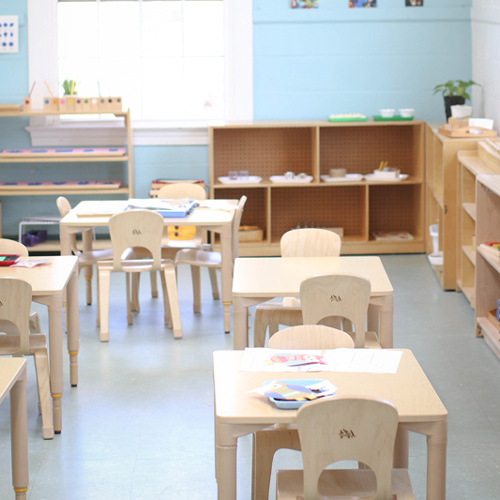Rest is a crucial part of our daily lives. Countless articles featuring peer-reviewed research, studies, and clinical trials have emerged in recent years attempting to convince us adults just how important rest is for our overall health and well being. A quick Google search for “importance of rest” yields thousands of results. Given that even as grown-ups, we apparently need lots of convincing, it’s no surprise that our children eschew rest, even as we witness them exhibiting all the signs of needing some quiet time. So, how can we demonstrate the value of rest to our children in ways that are both understandable and sustainable for everyone?

As with so many skills we hope to convey to our children, modelling behavior is a good place to start. As we know, rest is good for everyone, and amidst our busy lives, we can forget how beneficial it can be for our bigger bodies. Sometimes, taking time to lie down, unplug, and just rest with our child(ren) can be as restorative for parents and care givers as it is for the children in our care. The rest itself helps to give our bodies and minds a chance to calm down, reset our cortisol (a stress hormone) levels, and even refresh our immune and digestive systems. Taking the time to rest alongside children can also provide a window into our children’s perspectives. We might notice that the room is too full of light to encourage a restful state, or there’s more street noise at this particular time of day, or our own heart rate might be elevated from having just returned from a fun outing to the park, so we may need a little extra time to settle down. All these observations can help us as adults to better curate the resting environment for children, so long as we give ourselves the opportunities to make them.
Outside of actual resting time, we can explain and demonstrate to children reasons rest is important. We might observe a pet taking a snooze and point out that even pets need their rest. Watching a bird land, we can point out that birds cannot simply fly constantly – they need time to rest their wings. When we are feeling tired ourselves, we can describe the heavy eyelids, desire to sit or lie still, and other sensations that signal our bodies’ need to take a break.
Rest and the need for it can present itself in many different forms. While stirring dough for cookies, our arms get tired. The dough seems to feel heavier, it’s harder to push the spoon around the bowl, maybe a slight soreness develops. All of these are signs of fatigue that we can point out to children. These signs are our arms’ way of telling us they need a break. When they happen, we can give someone else a turn, knowing that a short rest will allow our arms to recover and be better able to mix again. Focusing on the sensations that signal the need for rest helps children to listen to their own bodies and recognize their own biological signals. It shifts the onus from mom or dad telling them something that sounds arbitrary to an internal source. As adults, we can tell when we are tired (though we may sometimes ignore it), and the sooner and more effectively we can help children to recognize those signs, the better equipped they will be to regulate themselves.
For younger children who may not yet recognize or be willing to accept the signs of needing rest, we can provide support with verbal or visual clues to a daily schedule. An example might be to explain that our bodies need time to digest our food, so we’ll give them time to do that by lying down for a while after lunch. You can incorporate a visual schedule with icons that depict lunch followed by a bed to illustrate that naptime will follow lunch, perhaps followed by a picture of a park to indicate that you’ll take a trip to the park after napping.
Remember that rest can be achieved in a variety of ways. Not all bodies require actual sleep to rest during the daytime. Instead, we can rest our eyes by designating screen-free times, or rest our ears by having silent or quiet time. We can rest our minds by listening to an audiobook story or a meditative track while lying down. Each of us is unique, and our resting needs are unique, too. Observing our own needs as well as those of our children can help to determine what type of rest is appropriate for each age and stage of our children’s lives.

Leave a Reply